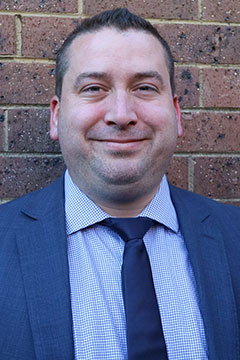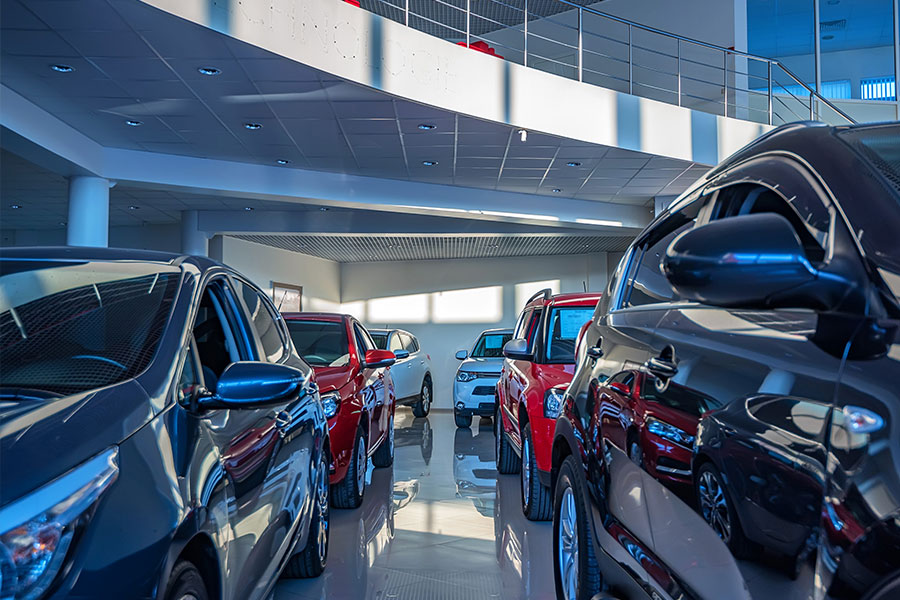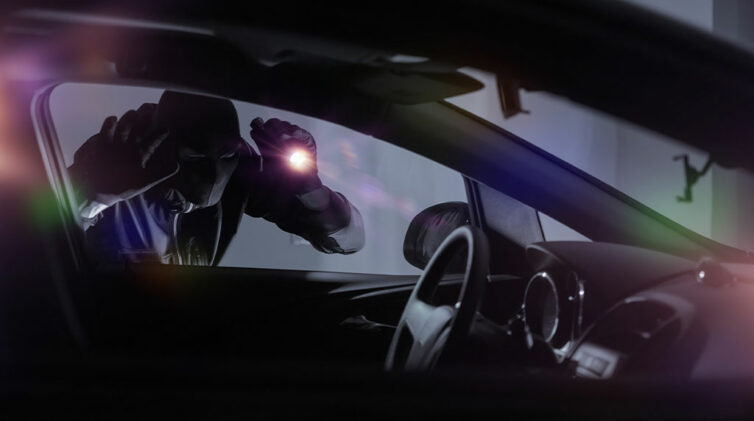
Steve Bragg
THE retail motor industry right now is heavily fragmented, made up of mostly smaller, independent dealers with a few bigger players.
This is in stark contrast to other Australian industries where there are only a few dominant players. Consider the banking industry and Coles/Woolworths.
The number of participants in the industry is expected to diminish over the next 10 years as the industry goes through further consolidation. As gross margins are thinning there is a trend for the larger dealerships to consolidate the smaller groups to gain efficiencies to maintain profitability.
The pace of consolidation has not slowed and is still increasing in line with the strategic plans of the large dealer groups.
As an example, think of Woolworths today. Ten years ago you had to go to a bricks and mortar store, walk the aisles, go to a human cashier and tally and pay for your goods.
Today you can :
- Do all your shopping online, pay online and the only person you meet is the delivery driver
- You can go to the bricks and mortar store, pick your own stock, scan your own stock and pay the machine. You never need to meet another human to do your shopping
The last 10 years for the big groups has been about mass and scale. The next 10 years will be about efficiency and profitability.
The focus of the large groups going forward will be about reducing costs (people and real estate) and improving customer handling efficiency.
This will be done by:
-
- Offshoring all the non-gross-generating people to low-cost countries. Why not?
- Using technology to remove people and real estate from the customer handling experience

Validly ask yourself :
- Why do we need service receptions and advisors when we do basically maintenance work on well-built machines? This can all be handled online or via kiosks in service
- Why do we have parts people when all parts can be purchased online and delivered to your door?
- Do we really need used-car managers and valuers? Live market and other market analysis tools can now accurately price a trade-in. For most DPs and owners these people are really only comfort food
- Why do we really need sales people? If finance is proactive and gets the payments right upfront, price is irrelevant. All accessories can be viewed and agreed online. What we really need is test drive and delivery coordinators. These people are remunerated on quality of customer performance rather than sales outcome, because the ‘sale’ is locked in once the finance contract is signed upfront
It is the responsibility of the large groups to now maximise profitability by changing the model and eliminate inefficiency. To think this will not happen is naive.
For most dealers and dealer groups, if you are not prepared to make these changes in your own business, then it’s time to sell to the large groups and allow them to change the model.
How dealer groups respond to these changes will be crucial to their future success
Dealer groups have been forced to evolve their operations to conform to the new landscape. The ones that don’t change will face being forced out of the market.

Short term strategies:
- Re-focus the dealership’s efforts
- Dealerships need to maintain focus in the changing and challenging market – recognising the strengths and weaknesses in the business and building a plan to optimise your business opportunities
- Don’t waste your customer opportunities
- Always follow the road to a sale, it’s not dead and it still works
- Don’t be scared of trade-ins; used vehicles need to be the focus in a declining new-vehicle market as they are your best opportunity to maintain gross
- Utilise your CRM database to mine your current customers that are coming out of warranty, in for 30,000 km service or driving a previous model
- Get the finance locked away well-and-truly upfront and get your F&I team proactively pre-approving customers
- Start all F&I comm schemes at 100 per cent penetration and disincent for lost business; it will refocus the team on the new normal
- Minimise costs
- Dealer groups need to reduce costs in everyday operating activities to align with the drop in overall gross margins. Getting the business lean and right-sized will allow dealers to maintain profitability in a down market and really soar when the market improves
- Do the two-types of people analysis and work out how to remove or restructure non-gross-generating people out of the business through technology, offshoring or job sharing
- Become the lender. Dealerships need to consider changing the business model in order participate in the profit from car loan financing after the new ASIC changes are in place
- One alternative is for dealer groups to become the lender and provide the car loans directly to customers. Becoming the financier (usually in a joint venture with an established financier) will allow the dealers some flexibility to set rates to their customer risk profiles and participate in the gross margins through the value chain
Long term strategies: Pivot
- Position the dealer group to take advantage of the forthcoming changes in the industry and be an active participant
- Align with a brand in a region to become the retail representative for that brand or be a mobility service provider for a region or a particular segment of the market
Exit or Grow
- The small-to-medium dealer groups are at a crossroad where they decide whether they remain in the market and fight the uphill battle. If the small players stay in the market then they will need to have strong growth plan in order to compete with the bigger dealer groups in the future
Steve Bragg is the national leader of KPMG Motor Industry Services
By Steve Bragg













 Read More: Related articles
Read More: Related articles

